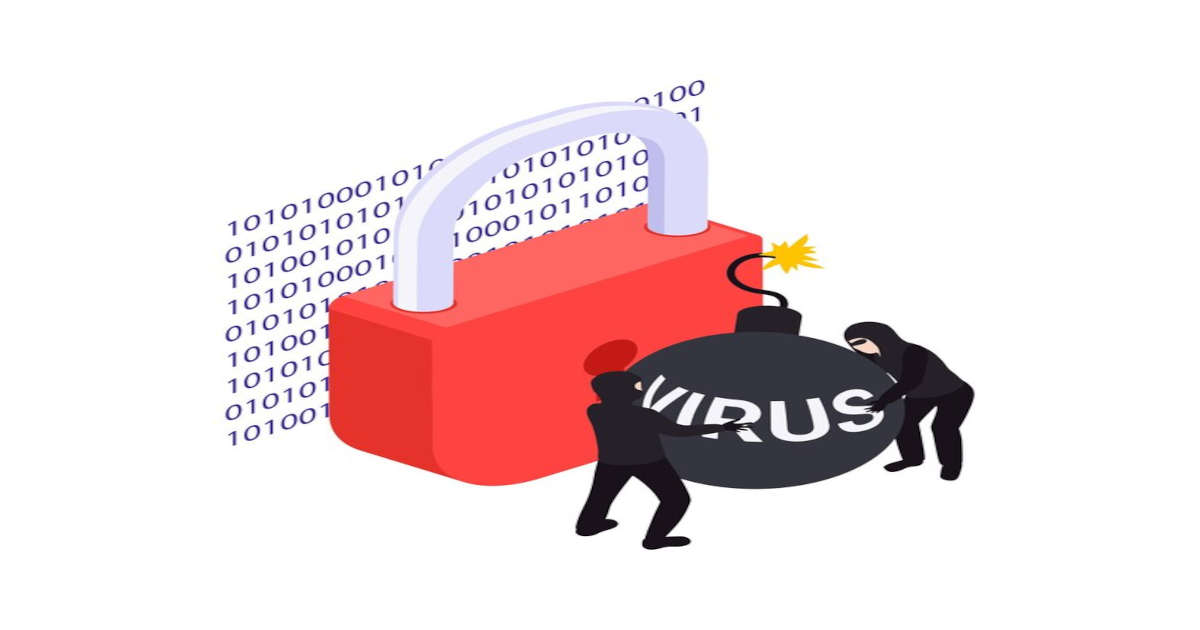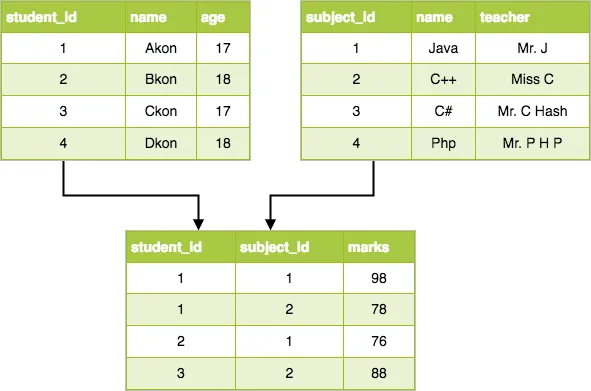Introduction to Databases
Types of Data
Data Source Types
- Distributed Databases
- Microsoft SQL Server, DB2, Oracle, MySQL, SQLite, Postgres etc.
- Structured Data
- Data Warehouses
- Amazon’s redshift, Netezza, Exadata, Apache Hive etc.
- Structured Data
- Big Data
- Google BigTable, Hadoop, MongoDB etc.
- Semi-Structured Data
- File Shares
Data Model Types
Structured Data
“Structured data is data that has been organized into a formatted repository, typically a database, so that its elements can be made addressable for more effective processing and analysis.”
Semi-Structured Data
“Semi-structured data is data that has not been organized into a specialized repository, such as a database, but that nevertheless has associated information, such as metadata, that makes it more amenable to processing than raw data.”
- A Word document with tags and keywords.
Unstructured Data
“Unstructured data is information, in many forms, that doesn’t hew to conventional data models and thus typically isn’t a good fit for a mainstream relational database.”
- A Word Document, transaction data etc.
Types of Unstructured Data
- Text (most common type)
- Images
- Audio
- Video
Structured Data
Flat File Databases
Flat-file databases take all the information from all the records and store everything in one table.
- This works fine when you have some records related to a single topic, such as a person’s name and phone numbers.
- But if you have hundreds or thousands of records, each with a number of fields, the database quickly becomes difficult to use.
Relational Databases
Relational databases separate a mass of information into numerous tables. All columns in each table should be about one topic, such as “student information”, “class Information”, or “trainer information”.
- The tables for a relational database are linked to each other through the use of Keys. Each table may have one primary key and any number of foreign keys. A foreign key is simply a primary key from one table that has been placed in another table.
The most important rules for designing relational databases are called Normal Forms. When databases are designed properly, huge amounts of information can be kept under control. This lets you query the database (search for information section) and quickly get the answer you need.
Securing Databases
Securing your “Crown Jewels”
Leveraging Security Industry Best Practices
Enforce:
- DOD STIG
- CIS (Center for Internet Security)
CVE (Common Vulnerability and Exposures)
Secure:
- Privileges
- Configuration settings
- Security patches
- Password policies
OS level file permission
Established Baseline: User defined queries for custom tests to meet baseline for;
- Organization
- Industry
- Application
Ownership and access for your files
Forensics: Advanced Forensics and Analytics using custom reports
- Understand your sensitive data risk and exposure
Structured Data and Relational Databases
Perhaps the most common day-to-day use case for a database is using it as the backend of an application, such as your organization HR system, or even your organization’s email system!
Anatomy of a Vulnerability Assessment Test Report
Securing Data Sources by Type
A Data Protection Solution Example, IBM Security Guadium Use Cases
Data Monitoring
Data Activity Monitoring/Auditing/Logging
- Does your product log all key activity generation, retrieval/usage, etc.?
- Demo data access activity monitoring and logging of the activity monitoring?
- Does your product monitor for unique user identities (including highly privileged users such as admins and developers) with access to the data?
- At the storage level, can it detect/identify access to highly privileged users such as database admins, system admins or developers?
- Does your product generate real time alerts of policy violations while recording activities?
- Does your product monitor user data access activity in real time with customizable security alerts and blocking unacceptable user behavior, access patterns or geographic access, etc.? If yes, please describe.
- Does your product generate alerts?
- Demo the capability for reporting and metrics using information logged.
- Does your product create auditable reports of data access and security events with customizable details that can address defined regulations or standard audit process requirements? If yes, please describe.
- Does your product support the ability to log security events to a centralized security incident and event management (SIEM) system?
- Demo monitoring of non-Relational Database Management Systems (nRDBMS) systems, such as Cognos, Hadoop, Spark, etc.






